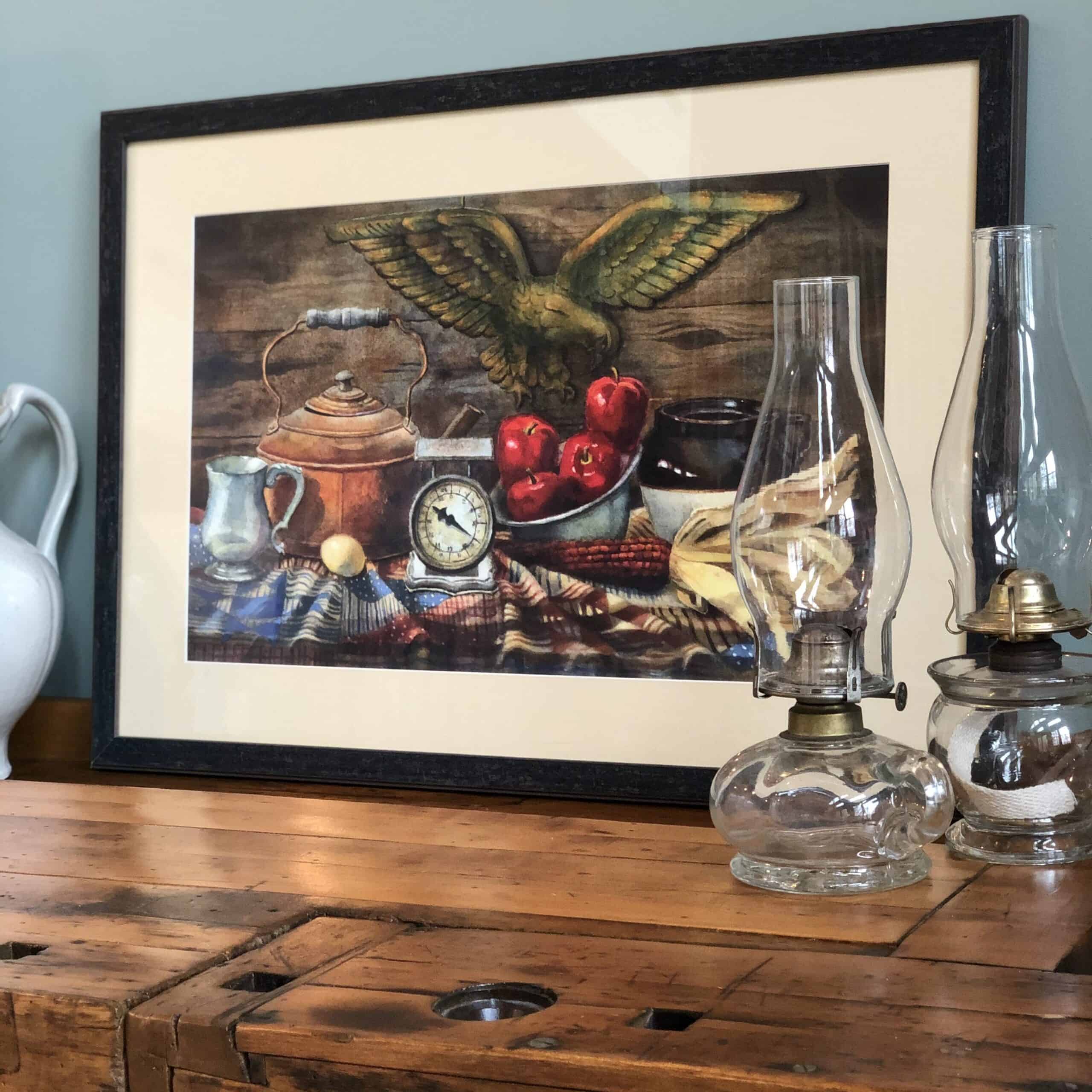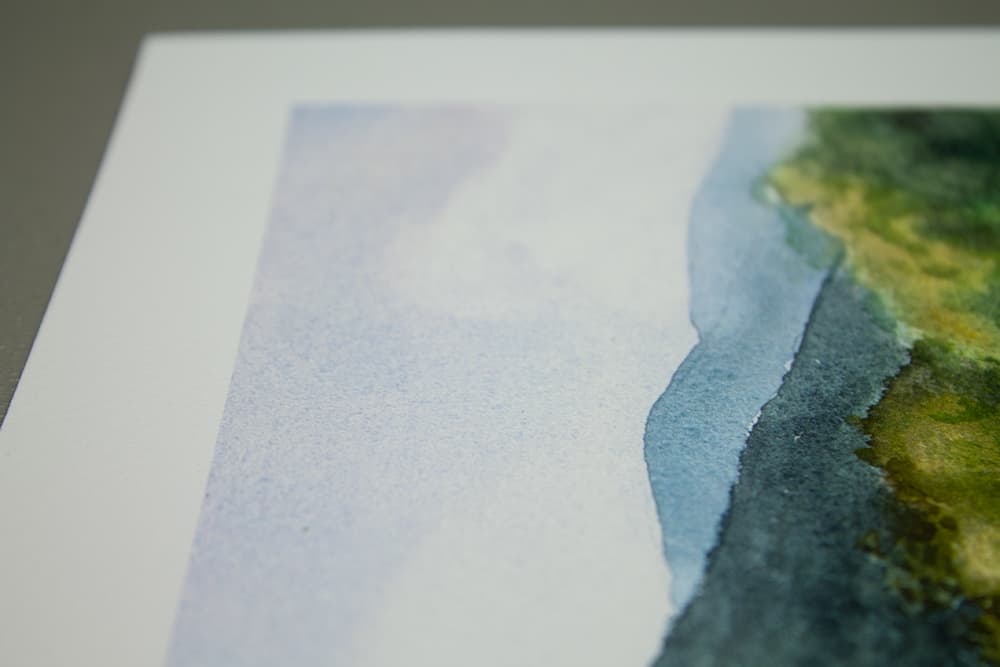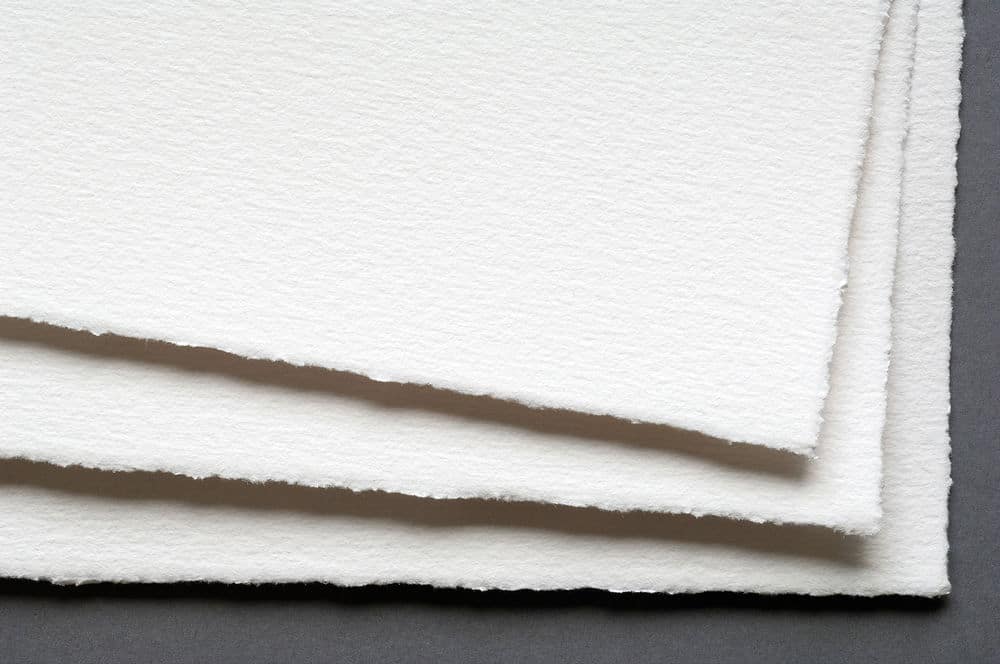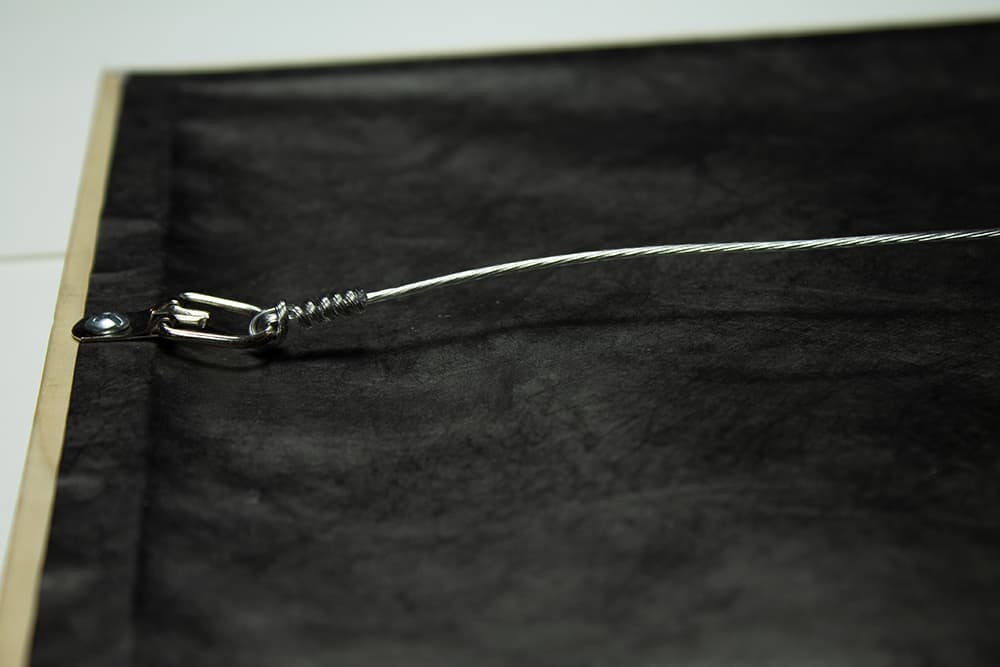
When you embark on a search for something lovely to hang on your walls, your first thoughts will naturally be absorbed by all the aesthetic considerations – style, color scheme, frame design and so forth. But after you’ve found that special piece – something beautiful and inspiring you can’t wait to have in your home – there are a few more important choices yet to be made.
When it comes to artwork, the first thing you will need to decide is whether to purchase an original piece of art or a reproduction (or print) of the original art. The first option – purchasing an original piece of art – can be wonderful but is always costly. The second option is to purchase a print or reproduction of an original piece of art. This option is always substantially less expensive than buying the original and can make it possible for anyone to decorate their home with beautiful artwork.
However, you’re not quite home free yet! There can be vast differences in quality from one art print to the next, depending on the method used to create the print. In our current age of cheap digital printing, It’s very easy to waste a lot of money on low quality art prints that look nice initially but will fade and degrade within a year, or in some cases, a matter of months.
So naturally, the question becomes how to distinguish a quality print that will last for generations from a cheap one that may not last the year. The key is in understanding the difference between a piece of artwork described as a “fine art giclee print” and one simply described as a “print”. A giclee print is a piece of artwork that has been reproduced to fine art museum standards, so that it is almost indistinguishable from the original artwork! In order for a print to be considered a “giclee” it must meet the following 4 criteria:
1. Image Capture Resolution

Believe it or not, capturing an image – either through the use of a scanner or photography – is an art unto itself. Ultimately a printed image is only as good as the digital information given the printer – so capturing the highest possible level of detail is essential for a lifelike result. For example, to achieve the recommended image resolution of 300 dpi or higher, for our paintings, we photograph the image in sections and stitch it all back together again in an editing program to produce a very large, detail rich image.
However, the image capture process is not complete until an exact color match between the original and the print is verified – this step is part art and part science requiring high end camera and lighting equipment and a very good eye.
2. Pigmented 8 Color Ink

Arguably, the single most important component of a giclee print is the use of 8 color, pigmented ink. Many cheap prints that are readily available on the market are printed with an inkjet printer using 4 color dye inks. A dye ink is essentially colored water that saturates and sinks into the paper it is printed on, resulting in bright and appealing colors initially but due to continued absorption into the paper, starts to degrade almost immediately. Pigmented ink on the other hand, is essentially particles of pigment suspended in a solution. This is important because it means that when it is sprayed by an inkjet printer, onto a piece of paper, it actually sits on the surface of the paper rather than being absorbed. It is this quality, as well as its chemical makeup, that allows a pigmented ink to be classified as archival – in other words, very long lasting and durable. And for art prints, the real genius of combining a pigmented ink with the inkjet spray process is the fact that it actually builds up a little bit of paint texture on the paper – just exactly like the real thing!
The second consideration when it comes to ink is of course the color! Using an 8 color ink combination, not surprisingly allows for richer, more nuanced, truer to life color than a 4 color ink combination. It is precisely the subtle color gradations of an original piece of artwork that give it so much depth and life, so reproducing this depth and subtlety of detail is essential for the creation of a beautiful life like print!
3. Archival Paper

While pigmented ink is essential for the creation of a durable print, the ink is ultimately only as good as the paper it is printed on – if the paper degrades then the ink goes with it! In order for a print to be truly archival, the paper printed on must be rated as “archival,” meeting or exceeding a strict set of composition standards that ensure the ink and the paper can withstand all the various erosions that come with the passage of time. For the creation of our prints we use an absolutely gorgeous line of archival, fine art watercolor paper by Hahnemule. The William Turner 310 gsm paper is 100% Cotton, Acid Free, and Mould-Made for a beautiful feel and texture that adds subtle depth to the finished print. William Turner paper also exceeds general archival standards with an ISO 9706 certification for the highest level of museum quality age resistance. The final result is a beautiful, richly colored, archival print that even feels just like the real thing when you run your fingers over it.
4. Professional Wide Format Inkjet Printer

And finally the printer brings it all together! The word “giclee” actually means “to spray,” describing exactly the way in which an inkjet printer deposit ink onto a piece of paper. However, the use of an inkjet printer alone does not make a print a giclee. While there are a few decent wide format inkjet printers available for at home use, a true giclee print is almost always produced on a large professional inkjet printer. These printers are able to finely calibrate color, ink spray levels, and size in ways that the made-for-home-use versions simply cannot.
A professional quality, 8 color, inkjet printer, is able to take all the carefully captured image information, and deposit wide spectrum, pigmented ink, with expertly calibrated precision, onto top quality archival paper, to produce a printed replica that is indistinguishable from the original artwork – that is a true Fine Art Giclee Print!
Framing – the Unofficial 5th Step

In our case, the final step in providing our customers with a truly archival fine art giclee print, is in our expert matting, framing, and glazing. Not only do we offer 14 different beautiful frames and 8 matting color choices, for almost endless design options, we also ensure that each giclee print is protected from dust, moisture and sun damage with acid free backing, a sturdy and attractive dust cover, and light resistant acrylic glass. The end result is a beautiful piece of fine art that can be passed down and enjoyed for generations!